What is an Engine Coolant Flush?
An engine coolant flush is a process of cleaning your car’s cooling system. Over time, dirt, debris, and old coolant can build up, affecting your engine’s performance. During a coolant flush, old coolant is completely removed, and the entire system is cleaned. Fresh, new coolant is then added to keep your engine running efficiently. This maintenance process ensures the longevity and proper functionality of your car’s cooling system.
The Purpose of an Engine Coolant Flush
The primary purpose of a coolant flush is to maintain your car’s cooling system. The cooling system prevents your engine from overheating or freezing in extreme temperatures. Over time, old coolant may lose its effectiveness and cause problems, such as rust or corrosion inside the system. A flush helps to clean out these harmful substances, protecting the system’s components like the radiator, water pump, and hoses. It also removes contaminants that can clog passages and ensures that fresh coolant circulates properly.
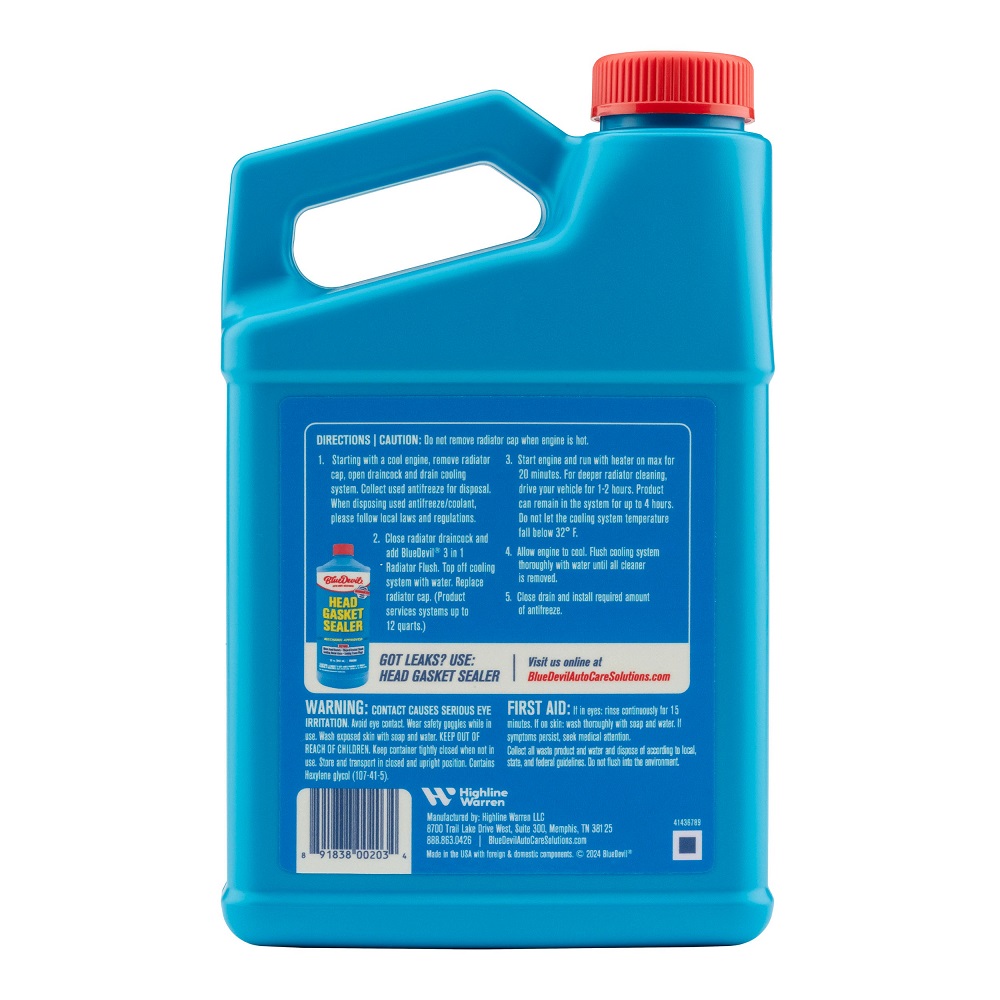
Benefits of Performing a Coolant Flush
Performing a coolant flush provides several key benefits for your vehicle:
- Removes Harmful Deposits: It eliminates buildup, debris, and rust that can damage the cooling system.
- Prevents Overheating: Fresh coolant regulates the temperature, keeping your engine cool and preventing overheating.
- Extends Engine Life: Regular flushing reduces corrosion, helping extend the life of your engine.
- Prevents Freezing: Replacing old coolant ensures protection against freezing in cold weather.
- Enhances Efficiency: It optimizes the performance of the cooling system, improving overall fuel efficiency.
Regular coolant maintenance is essential for avoiding costly repairs and ensuring your car runs smoothly. Always follow your vehicle manufacturer’s recommendations to maintain the health of your cooling system and engine.
Signs Your Car Needs a Coolant Flush
Recognizing when your car needs an engine coolant flush is vital for maintaining its performance. Over time, the engine coolant can degrade or become contaminated, which may lead to serious issues like engine overheating or damage. Regular inspections can help you address potential problems in time. Below are some key indicators that your vehicle might require a coolant flush.
Indications of Old or Contaminated Coolant
- Rust or Debris in Coolant: If you notice rust particles or sediment buildup in the coolant reservoir, it may indicate contamination. Contaminants can reduce the effectiveness of the coolant.
- Discolored Coolant: Coolants are available in various bright colors, such as green, orange, or yellow. If the coolant appears dark, brown, or muddy, it means it has degraded and needs replacement.
- Unpleasant Odor: A strong, unpleasant smell coming from the coolant reservoir can point to a coolant breakdown.
- Sludge Formation: Old or contaminated coolant can turn into sludge, clogging radiator passages and reducing cooling efficiency.
Regularly inspecting the coolant reservoir can help identify these indicators early.
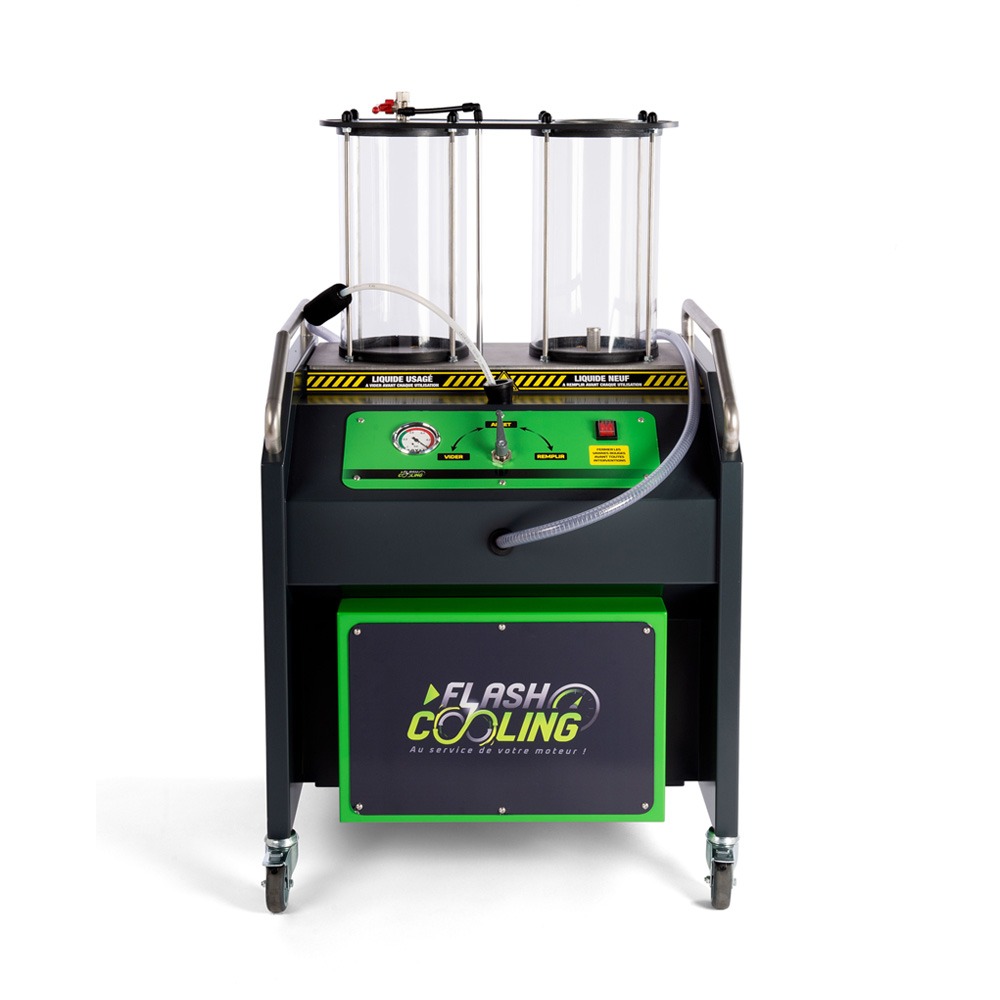
Signs of Engine Overheating
- High Engine Temperature: If your engine temperature gauge is consistently higher than normal, it may signal old or insufficient coolant.
- Steam Rising from Engine: Seeing steam from the engine is a clear sign of overheating, often caused by poor coolant flow or degraded fluid.
- Frequent Coolant Top-Ups: If you frequently need to top off your coolant, it may indicate leaks or inadequate coolant functioning.
Prevent engine overheating by addressing these signs without delay.
Warning Lights Related to Coolant System
- Coolant Temperature Warning Light: A glowing or flashing coolant temperature light indicates engine overheating is imminent.
- Low Coolant Warning Light: Some vehicles have a dedicated low coolant light. If lit, inspect and flush your coolant system.
- Check Engine Light: Sometimes, the check engine light can illuminate due to cooling system issues that require attention.
Regularly checking warning lights and acting promptly can prevent engine damage caused by cooling system issues.
By understanding these signs, you can proactively maintain your engine cooling system and ensure the longevity of your vehicle. Performing a timely engine coolant flush can save you from expensive repairs and keep your car running smoothly.
How Often Should You Perform a Coolant Flush?
Maintaining your car’s cooling system is essential for preventing engine damage. Knowing how often to perform an engine coolant flush can help keep your car running safely and efficiently. While the frequency of coolant flushes depends on several factors, the manufacturer’s guidelines and your car’s unique conditions play a significant role in determining the optimal schedule.
Manufacturer Recommendations
Car manufacturers provide detailed guidelines for maintaining your cooling system. These guidelines usually include recommendations for the timing and frequency of engine coolant flushes. Consult your vehicle’s owner manual for accurate details specific to your car.
In most cases, manufacturers recommend a coolant flush every 30,000 to 50,000 miles. Some newer vehicles may offer extended intervals, with specific coolants lasting up to 100,000 miles or more. Make sure to use the recommended type of coolant specified by the manufacturer to enhance performance and avoid engine damage.

Factors That Influence Coolant Flush Frequency
While manufacturer guidelines provide a baseline, various factors can affect how often you should get your coolant flushed:
- Driving Conditions: Frequent driving in extreme temperatures or heavy traffic can increase the need for a flush.
- Age of Vehicle: Older vehicles may require more frequent coolant maintenance due to wear and tear.
- Coolant Quality: Using high-quality coolants may extend intervals for flushing, while low-quality coolant degrades faster.
- Maintenance History: A vehicle with a history of irregular maintenance may need earlier flushes.
- Signs of Problems: If you notice overheating, sludge, or discolored coolant, a flush may be required immediately.
Regular inspections of your cooling system can help identify issues early and inform your decision for a coolant flush. Always adhere to your manufacturer’s recommendations and consider your vehicle’s specific needs to maintain optimal engine functioning.
Types of Engine Coolants
Engine coolants play a vital role in your car’s performance and safety. Using the right coolant ensures your engine operates efficiently and prevents critical issues, like overheating or freezing. Understanding the different types of engine coolants can help you make informed choices for your vehicle’s maintenance.
Common Types of Coolants
- Inorganic Additive Technology (IAT):
- Traditional green coolant used in older vehicles.
- Must be replaced every two years or 24,000 miles.
- Contains inorganic additives to prevent corrosion but needs frequent changing.
- Organic Acid Technology (OAT):
- Common in newer vehicles, with orange or red color.
- Longer lifespan, lasting up to 5 years or 150,000 miles.
- Provides excellent protection against rust and corrosion.
- Hybrid Organic Acid Technology (HOAT):
- A mix of IAT and OAT, often yellow or turquoise.
- Lasts around 5 years or up to 150,000 miles.
- Includes additives that guard metallic parts from rust.
- Phosphate Organic Acid Technology (POAT):
- Particularly used in Asian vehicles.
- Contains anti-corrosion and anti-freeze properties.
- Offers extended service intervals up to 10 years or 150,000 miles.
- Dex-Cool Coolant:
- A specific type of OAT coolant branded exclusively for GM vehicles.
- Orange-colored and long-lasting when properly maintained.
Different coolant types are suited to specific engine designs and materials, so choosing the correct one is paramount.
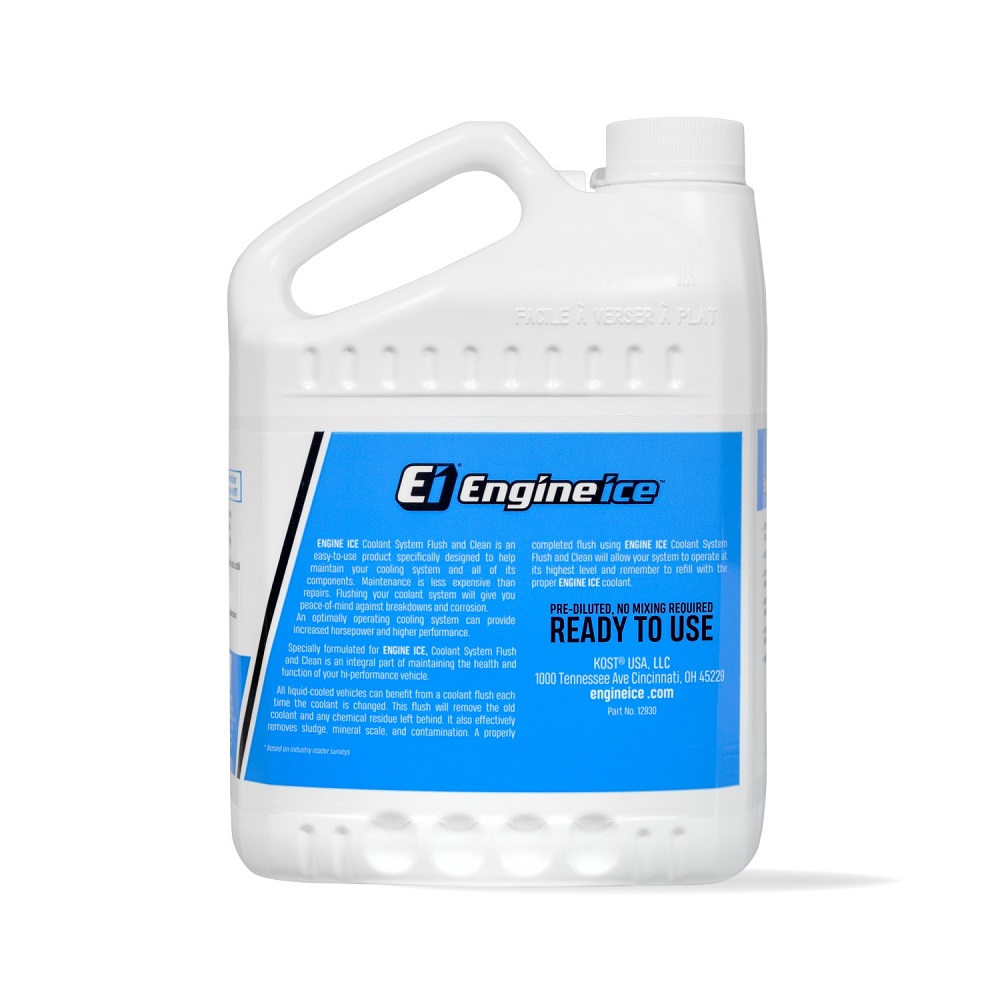
Choosing the Right Coolant for Your Car
- Check Your Owner’s Manual:
- Always follow the manufacturer’s specifications for coolant type.
- Identify the Coolant Color:
- Match the color of the current coolant or verify the type for any necessary changes.
- Consider Vehicle Age and Maintenance History:
- Older vehicles may require traditional IAT for better compatibility.
- Match Material Compatibility:
- Use coolants designed to protect your car’s metals, such as aluminum or copper.
- Extremes in Temperature:
- If you drive in extreme climates, select coolants that provide maximum freeze or heat protection.
- Seek Expert Advice:
- Consult a professional if unsure about which coolant is compatible with your car.
By understanding and choosing the right engine coolant, you can enhance your vehicle’s performance and extend its lifespan. Prioritize regular maintenance and replacement to keep your cooling system efficient and reliable.
Step-by-Step Guide to Performing a Coolant Flush
Performing an engine coolant flush ensures your car’s cooling system runs efficiently. Follow this step-by-step guide to flush the coolant safely and effectively.
Tools and Supplies Needed
To perform a coolant flush, gather the following tools and supplies:
- Drain Pan: Collect the old coolant safely.
- New Coolant: Use the type recommended by your car manufacturer.
- Distilled Water: Rinse the cooling system to remove debris.
- Funnel: Prevent spills while pouring fluids.
- Wrench or Screwdriver: Remove and tighten radiator components.
- Gloves and Safety Glasses: Protect your hands and eyes.
- Rags or Shop Towels: Clean up spills and messes.
- Owner’s Manual: Verify specifications for coolant type and recommended fill level.
Having these tools ensures a smooth and safe coolant flush process.
Preparing Your Vehicle for a Coolant Flush
Preparation is key for a successful coolant flush. Follow these steps:
- Park Safely: Park your car on a level surface and let the engine cool down completely.
- Lift the Hood: Open the car’s hood to access the engine bay.
- Locate the Radiator: Find the radiator and its drain plug using the owner’s manual as a guide.
- Put on Safety Gear: Wear gloves and safety glasses to avoid skin irritation or injury.
- Position the Drain Pan: Place the pan underneath the drain plug to catch old coolant.
- Check Coolant Levels: Verify the existing coolant level in the reservoir.
Preparing properly helps prevent spills and ensures you follow safety guidelines.
Steps to Safely Flush the Engine Coolant
Follow these steps to flush your coolant efficiently and safely:
- Remove Old Coolant: Open the radiator drain plug carefully and allow the old coolant to flow into the pan. Collect all old coolant properly.
- Rinse the System: Fill the cooling system with distilled water using a funnel. Close the plug and start the engine.
- Run the Engine: Let the car run for 5-10 minutes to circulate the water and flush debris.
- Drain the Water: Turn off the engine. Let it cool completely before removing the drain plug again.
- Add New Coolant: Pour fresh coolant into the radiator according to the recommendations in the owner’s manual.
- Check Levels: Ensure the radiator and reservoir are filled to the proper level.
- Seal the System: Tighten all components securely to prevent leaks.
- Test Your Car: Start the engine and check the temperature gauge for proper function.
These steps ensure your system is clean and effective after the flush.
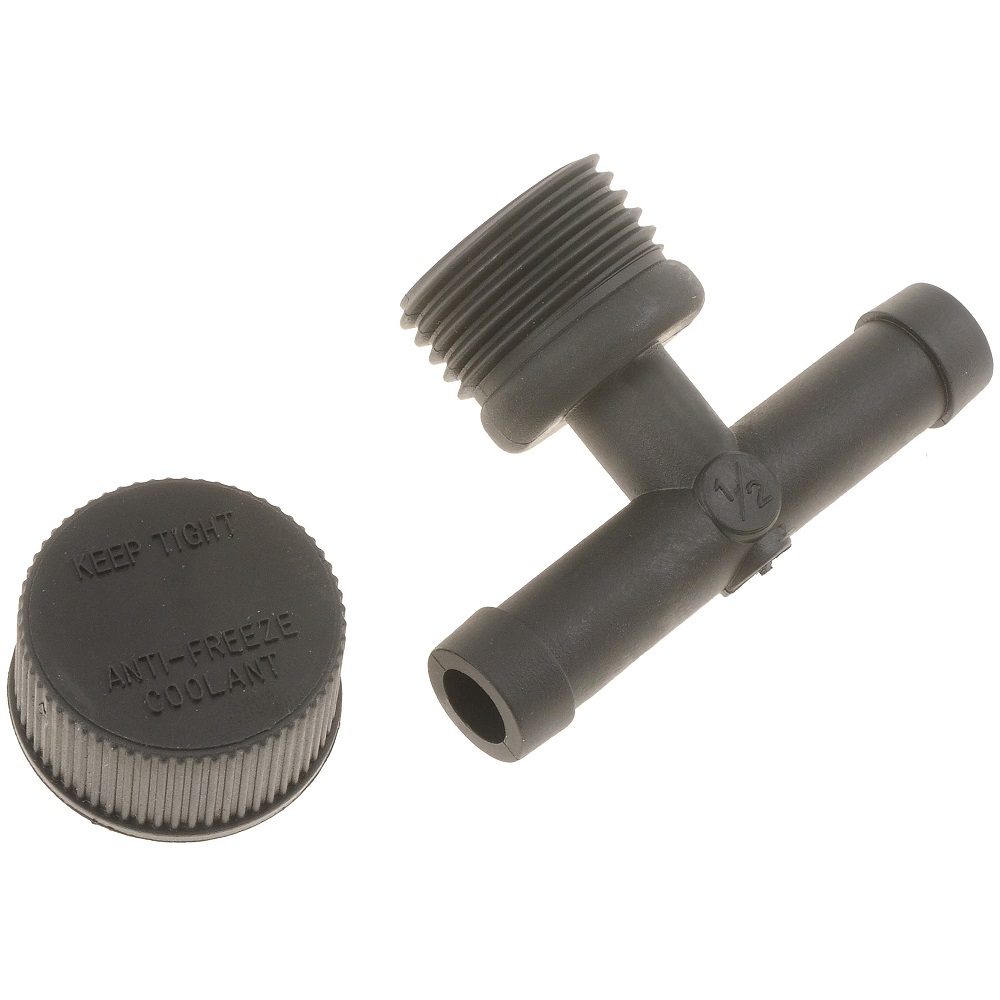
Proper Disposal of Used Coolant
Old coolant must be disposed of correctly as it is hazardous. Follow these guidelines:
- Place Coolant in a Sealable Container: Transfer it from the drain pan into a labeled container.
- Store Safely: Keep the container out of reach of children and pets.
- Check Local Regulations: Follow local rules for hazardous waste disposal.
- Take to an Authorized Facility: Drop off the used coolant at a recycling center or auto repair shop.
Proper disposal protects the environment and complies with safety regulations.
A coolant flush is a straightforward yet critical maintenance task. By following this guide, you can ensure your cooling system stays efficient and your engine avoids damage.
Coolant Flush vs Coolant Replacement: What’s the Difference?
Understanding the difference between a coolant flush and coolant replacement is essential for vehicle owners. Both procedures are designed to maintain your car’s cooling system, but they serve different purposes.
Key Differences Between the Two Processes
- Amount of Coolant Removed:
- A coolant flush completely removes old coolant and debris from the cooling system.
- Coolant replacement only drains and replaces some of the old coolant.
- Cleaning the System:
- During a flush, the system is cleaned with water or a cleaning solution, removing buildup.
- Replacement does not involve cleaning the system; the old coolant mix is partially replenished.
- Maintenance Depth:
- Flushes are more thorough, ensuring better system functionality by eliminating contaminants.
- Replacement is quicker but less effective for removing deposits and sludge.
- Cost and Time:
- A flush typically costs more and takes additional time due to its thoroughness.
- Replacement is cheaper and faster but may not address underlying issues.
When Each Method is Recommended
- Coolant Replacement:
- Opt for replacement during regular maintenance intervals when the coolant is still efficient.
- Best for vehicles with minor coolant degradation and no signs of contamination or overheating.
- Coolant Flush:
- Perform a flush if you notice discolored coolant, sludge, or rust in the system.
- Recommended during major maintenance or after experiencing engine overheating.
- Essential for older vehicles or cars with poor maintenance history.
Choosing between a coolant flush and replacement depends on your car’s condition. Follow manufacturer guidelines and consult an expert for advice. Proper cooling system upkeep prevents engine failures and ensures optimal performance.
Cost of Engine Coolant Flush
Understanding the cost of an engine coolant flush can help you budget effectively for this essential maintenance task. Costs vary based on factors like service provider, your vehicle type, and whether you choose a professional service or decide to perform the flush yourself.
Average Pricing for Professional Coolant Flush Services
Professional coolant flush services typically range from $100 to $150 for most vehicles. Costs can increase for high-performance or luxury models. Below are some factors influencing prices:
- Service Location: Prices may change depending on the location of the service provider.
- Mechanic Expertise: Reputable auto shops may charge more due to skilled labor.
- Type of Coolant Used: Premium or extended-life coolants often elevate costs.
- Additional Repairs or Maintenance: If extra services like leak repair or system replacement are needed, costs rise.
Professional services ensure that the flush is done thoroughly and properly. Confirm the shop includes cleaning the system and disposing of old coolant.
Performing a Coolant Flush at Home: Cost Breakdown
Doing a coolant flush yourself can save money, but it requires preparation and caution. Here is a breakdown of DIY costs:
- New Coolant: High-quality coolant costs $15 to $30 per gallon, depending on the type required.
- Distilled Water: You will need 1–2 gallons, averaging $1 per gallon.
- Tools: Purchase essential tools like a wrench, funnel, and catch pan for around $20–$50.
- Safety Gear: Gloves and goggles cost about $10–$20.
Total DIY costs can range from $40 to $100, making it a budget-friendly option if done correctly. However, experience with car maintenance is critical to ensure safe and successful execution.
Choosing between professional and DIY coolant flush depends on your budget and comfort level. Regardless of your decision, flushing your cooling system at recommended intervals protects your engine and prevents costly repairs.
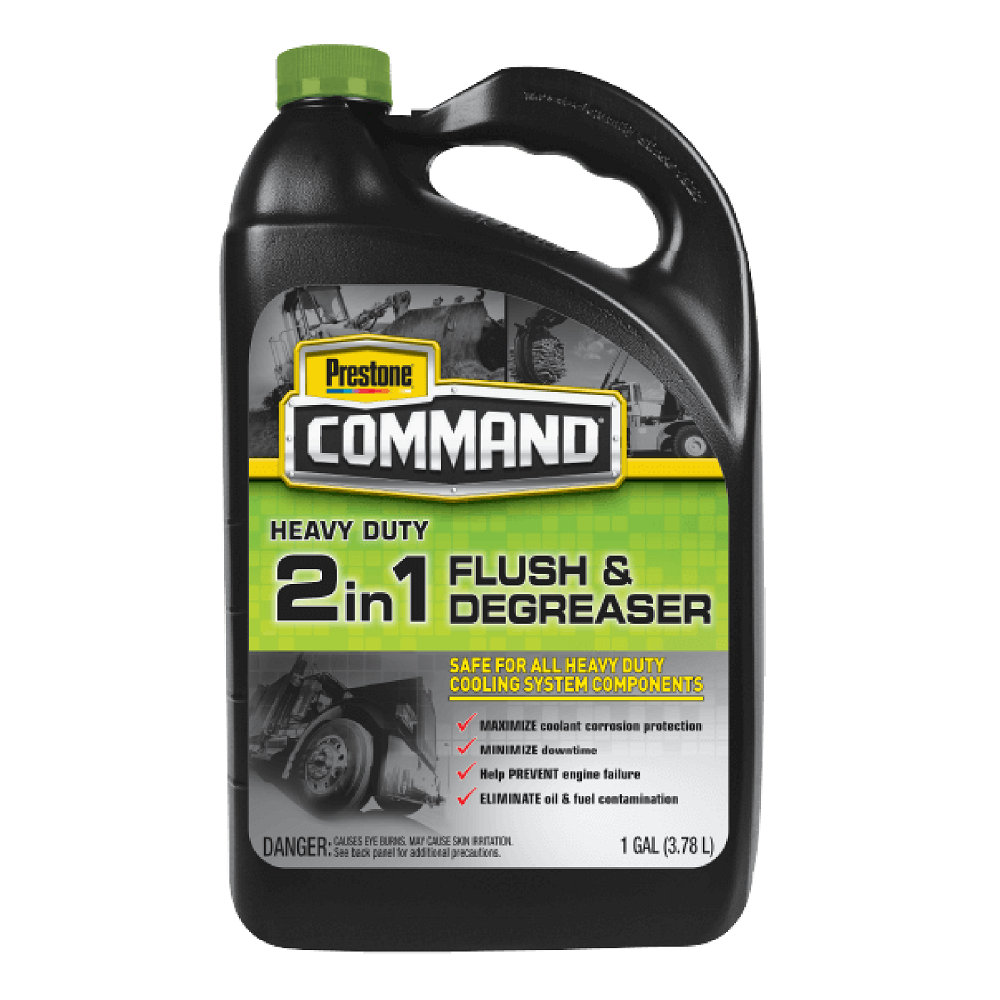
Leave a Reply